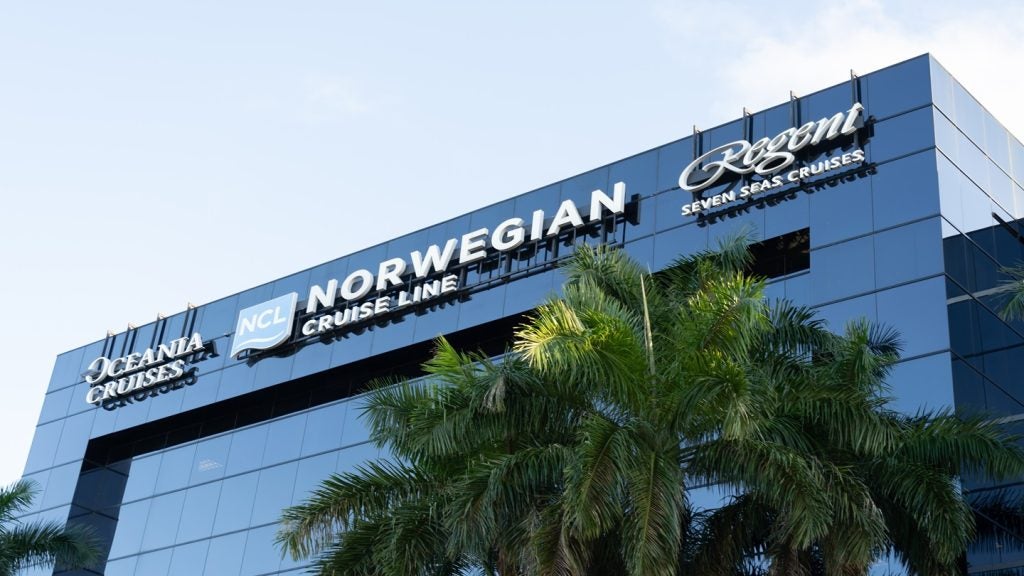A study by Japan’s Eco Marine Power (EMP) has unveiled a number of factors that may decide the types and use of solar or photovoltaic (PV) power modules for ship-based projects.
Conducted for a period of five years, the study found that different types and/or technologies of PV modules may require different locations for installations onboard ships.
According to the study, specific attention should be given to the way the PV modules are installed and mounted.
The study also noted that high-quality valve regulated lead acid (VRLA) battery technologies are suitable for ship-based solar projects, as these batteries are cost-effective and require minimal ongoing maintenance.
In some cases, the process of installation recommended by the PV module manufactures may not be suitable for ships and customisation of the module may be required.
The study also found that operators should install a class-approved monitoring system along with any ship-based solar power system.
How well do you really know your competitors?
Access the most comprehensive Company Profiles on the market, powered by GlobalData. Save hours of research. Gain competitive edge.

Thank you!
Your download email will arrive shortly
Not ready to buy yet? Download a free sample
We are confident about the unique quality of our Company Profiles. However, we want you to make the most beneficial decision for your business, so we offer a free sample that you can download by submitting the below form
By GlobalDataFor ships, a PV module integrated with DC loads such as lighting can help minimise system cost, reduce power losses, and simplify the overall system design, said the study.
EMP’s Aquarius Marine Solar Power was used as a basis for the overall system design of the study, which involved the use of a trial system installed onboard the ‘Ferry Blue Star Delos’ high-speed RoRo vessel.
Various ship surveys and computer-aided analysis, as well as evaluation of several equipment in a test lab and at an outdoor evaluation area were also performed as part of the study.
Eco Marine Power chief technology officer Greg Atkinson said: “We have gained many valuable insights into the design, installation and use of solar power on ships during the last five years.
“These insights have been used to refine our system design and product offerings and we are now in the process of deploying commercial systems.”
EMP plans to expand the range of technologies being evaluated at its Onomichi Marine Tech Test Center (MTTC) in Japan and will partner with selected PV modules and solar panel manufacturers to further optimise the technologies for ship and marine use.







